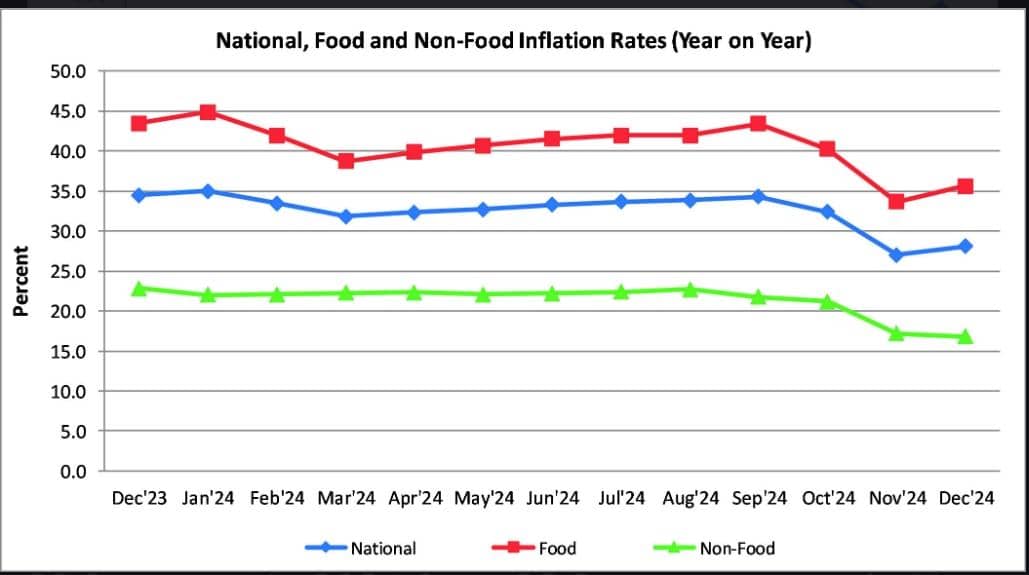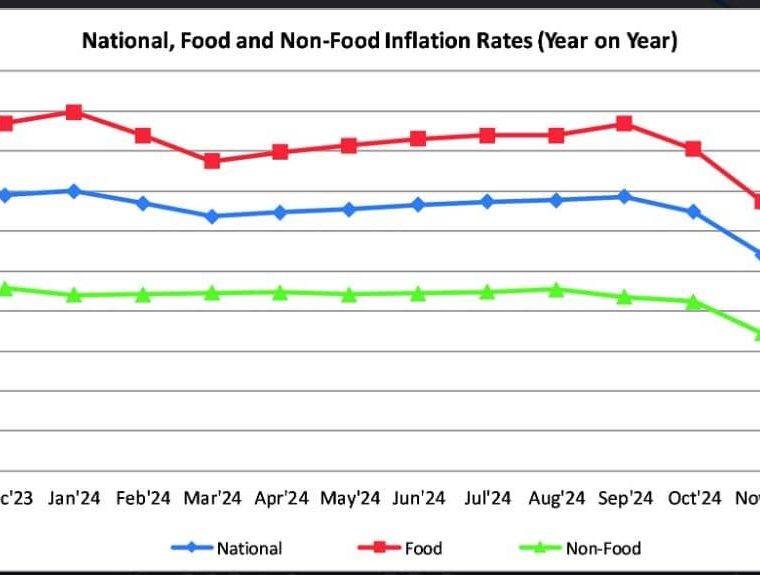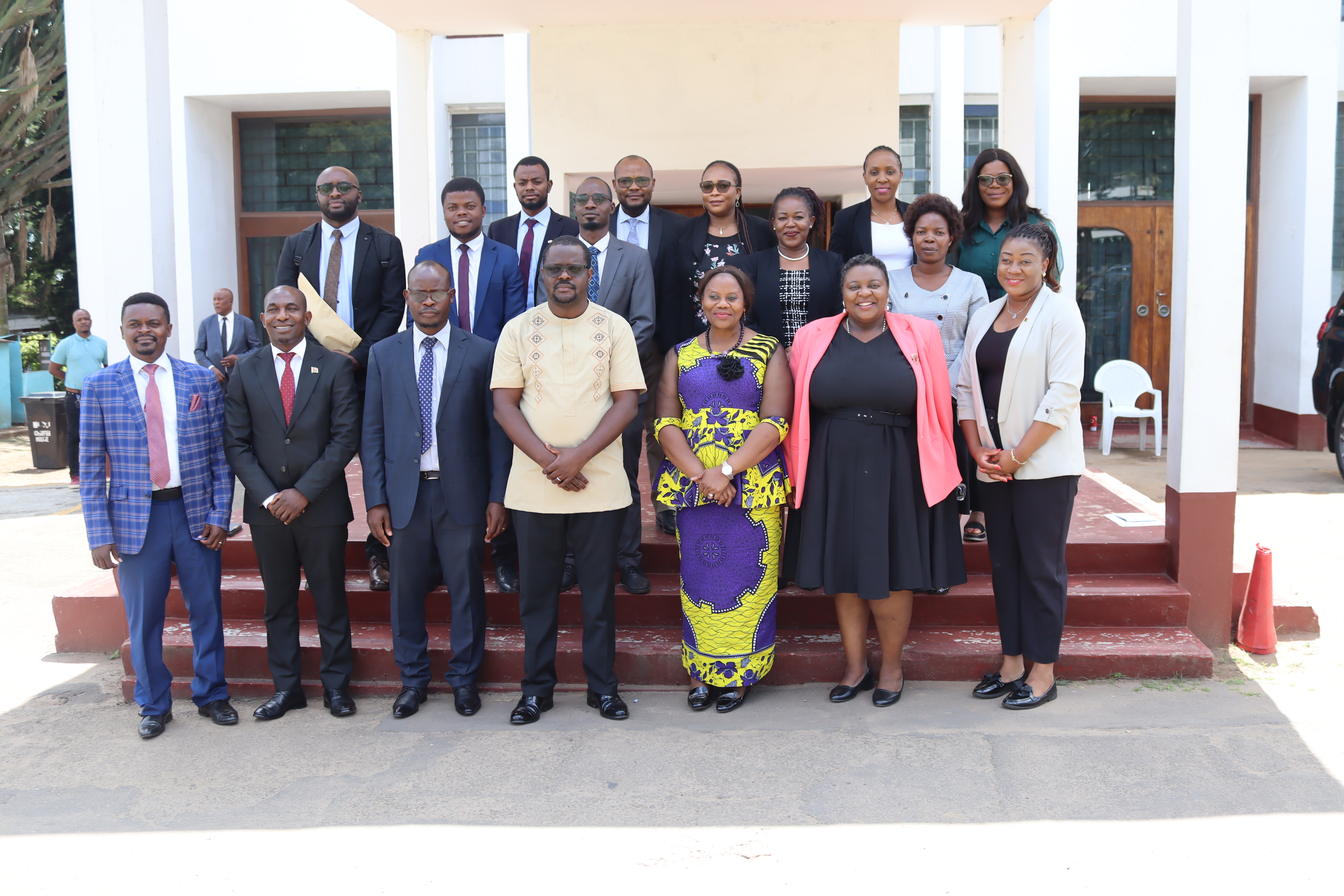Malawi’s average annual inflation rate closed the year 2024 at 32.2 percent, a 3.5 percentage points rise from 28.8 recorded the previous year, latest data from the National Statistical office (NSO) has shown.
According to the NSO Stats Flash, average food inflation surged to 40.2 percent from 37.1 percent while non-food inflation climbed to 21.2 percent from 18.8 percent during the period.

This represents a 3.4 percentage point increase in overall inflation and indicates persistent pressure on prices throughout 2024.
The stats further show that headline inflation increased to 28.1 percent in December 2024 from 27 percent in November, driven by rising food prices.
Food inflation rose to 35.6 percent from 33.7 percent while non-food inflation eased to 16.8 percent from 17.2 percent during the month.
“The national month-to-month inflation rate for December 2024 stands at 4.5 percent. Food inflation rate is at 6.2 percent while Non-Food inflation rate is at 1.7 percent. The urban month to month inflation rate is at 4.3 percent.
“Urban Food and Non-Food inflation rates stand at 6.3 percent and 1.7 percent, respectively. The rural month to month inflation rate is at 4.7 percent. Rural Food and Non-Food inflation rates stand at 6.2 percent and 1.7 percent, respectively,” the Stats Flash reads.
In view of the continued rise in inflation rate over the past year, the Reserve Bank of Malawi has maintained that it will continue pursuing a tight monetary policy stance.
The central bank has kept the policy rate—the rate at which commercial banks borrow from the central bank as the lender of last resort—at 26 percent.
This has compelled commercial banks to maintain interest rate elevate at as high as 35 percent.
Malawi’s annual average inflation rate increased to 32.2 percent in 2024 from 28.8 percent recorded in 2023.
Meanwhile, the recently newly appointed Reserve Bank of Malawi (RBM) Governor MacDonald Mafuta Mwale has indicated that inflation will gradually decline, although the path to price stability will be uneven.





